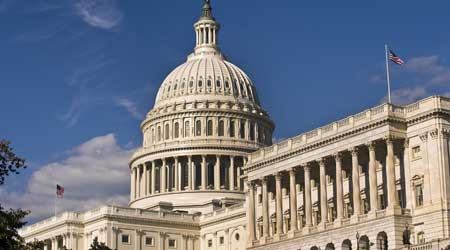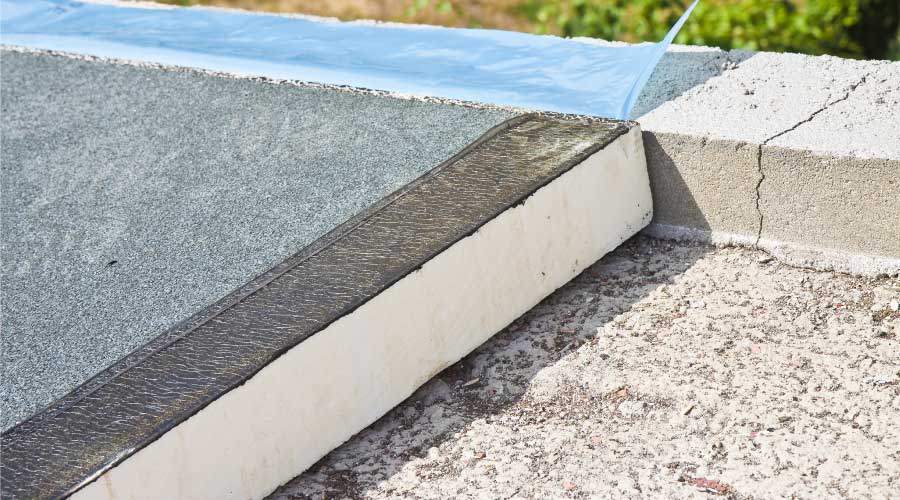Building Energy Tax Incentives Extended For Three Years
The commercial buildings energy efficiency tax deduction, commonly known as EPAct Section 179D, has been retroactively extended to Dec. 31, 2020.
On Dec. 20, 2019, the Further Consolidated Appropriations Act, 2020 (H.R. 1865) was signed into law, which included extension of a number of expired tax provisions. One of these extended tax provisions is the commercial buildings energy efficiency tax deduction, U.S. Code Sec. 179D, as enacted by the Energy Policy Act of 2005 (EPAct). This deduction is an energy efficiency tax incentive available for both commercial and government buildings.
The incentives are particularly beneficial for large distribution centers/warehouses and industrial buildings, which typically qualify for the maximum $1.80 per square foot deduction from an LED lighting retrofit.
The retroactive extension keeps the ASHRAE standard at 2007.
Understanding EPAct 179D Tax Incentives
Under EPAct 179D, building owners who make qualifying energy-reducing investments can obtain immediate tax deductions of up to $1.80 per square foot. If the building project doesn’t qualify for the maximum of $1.80 per square foot immediate tax deduction, there are tax deductions of up to $0.60 per square foot for each of three major building subsystems:
• Lighting
• HVAC
• Building envelope (The building envelope is every part of the building’s exterior that touches the outside world, including the roof, walls, doors, windows, and foundation.)
Both existing buildings and new buildings are eligible for the tax incentive. Virtually all building categories are eligible for the benefits. To qualify, a building, after the project has been completed, must reduce its energy costs as compared to an ASHRAE building energy code standard.
LED lighting projects tend to meet the efficiency requirements to qualify for tax deduction. In industrial type buildings (warehouses, manufacturing plants, distribution centers, hangers, etc.) the efficiency of LEDs often allows the buildings to qualify for the full $1.80. For people-centric buildings (offices, schools, hotels, courthouses, etc.), LEDs qualify but the deduction can be significantly bolstered by energy efficient HVAC measures such as:
• Geothermal (ground source heat pumps)
• High-efficiency water-source heat pumps
• Thermal storage systems
• High-efficiency VRF units in rental apartments, dorms, and hotels
• Centralized HVAC in rental apartments, dorms, and hotels
• Energy recovery ventilation
• Demand control ventilation
• VFDs on all major motors and compressors
• Chillers in buildings of less than 150,000 square feet
• Direct fired heaters in industrial spaces that are not air conditioned
• Industrial space that is less 75,000 square feet with constant volume package unit
• VAV (variable air volume devices) in buildings of less 75,000 square feet
• Chilled beams
• Magnetic bearing chillers
• Gas fired chillers combined with electric chillers to peak shave
• Combined heat and power
Catching Up on Missed Deductions
In January 2011, IRS released Rev. Proc. 2011-14, which enables all commercial property owners to catch up on any missed EPAct tax deductions from Jan 1, 2006 onward, and to report them on their current tax return without having to file an amended tax return, a step that can be costly and inconvenient. The retroactive filing is accomplished by filing tax Form 3115 with the owner's current tax return. This change can be used proactively as a tax planning tool.
Charles Goulding is an attorney and CPA and president of Energy Tax Savers. Raymond Kumar is a CPA with Energy Tax Savers.
Related Topics:














